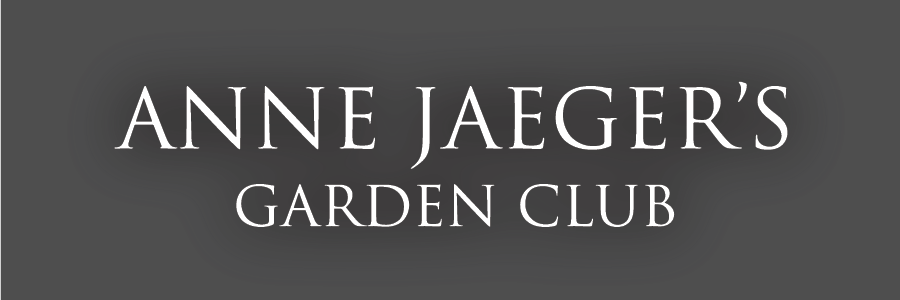Bee Balm
Anne Jaeger On Gardening
Next time you are be bopping around your garden find a place for bee balm. You’d swear Dr. Seuss drew them into your landscape just for a touch of whimsy. Bee balm or Monarda is one of those “unappreciated” flowers. Bees and hummingbirds certainly make a fuss over it where-ever they find it and Danielle Ferguson thinks we should too “I love how long it flowers. You get such a long season of color out of it.” Ferguson, who once designed gardens for Portlanders, now owns Ferguson’s Fragrant Nursery a stones throw from Champoeg Park.
As a veteran “bee balmer” Danielle has some good tips about growing it. Once considered a weed, it generally grew in just one color. Now, since plant breeders got their hands on it, you’ll find the more disease resistant flowers in red, scarlet, pink, lilac and kind of a raspberry color. The flowers (which resemble the feathers on a ladies 1940’s hat) strike a pose atop strong stems growing anywhere from one to five feet tall. I like it best combined with simple flowers; Black eyed Susan, Purple coneflower or coreopsis, but it adds a very different texture growing just about anywhere in sun or part shade.
It is a weird plant with a flowery past. The name apparently comes from its old herbal use as a poultice to stop the pain of bee stings. The Oswego Indians made it into a tea and the brewed leaves became a popular substitute following the Boston Tea Party. Some people say it has the taste of Earl Grey tea. After steeping a cup myself, I think they’re fudging the truth.
Some experts describe Monarda as “invasive” but that’s where Ferguson takes exception, “It spreads, but it’s not like ivy. It won’t climb up a tree” and choke it out. Before you panic and call out the National Guard to stake the perimeter and stop the bee balm invasion, let me just say there are good points to “spreaders.” It is a great plant to use if you’ve got a lot of property and want tons of long lasting flowers to cover a lot of ground quickly.” And Ferguson reminds us of another talent; bee balm “is wonderfully drought tolerant. I can plant it somewhere without water and it will do just fine.”
I’ve never had a problem with it taking up any more space than I’ve allowed. Now that’s not to say you won’t ever have to deal with it harshly. After all, as you can tell by its square stem, bee balm is a member of the mint family so you have to divide and conquer it every three years. Rest assured, Ferguson says it’s easy to get control “In the spring, dig out the center of the plant replant it. Then divvy-up what’s left to share with friends.” I often enjoy entering bee balm in my garden witness relocation program and give it a new home where it can be rediscovered as I be-bop around my yard.


